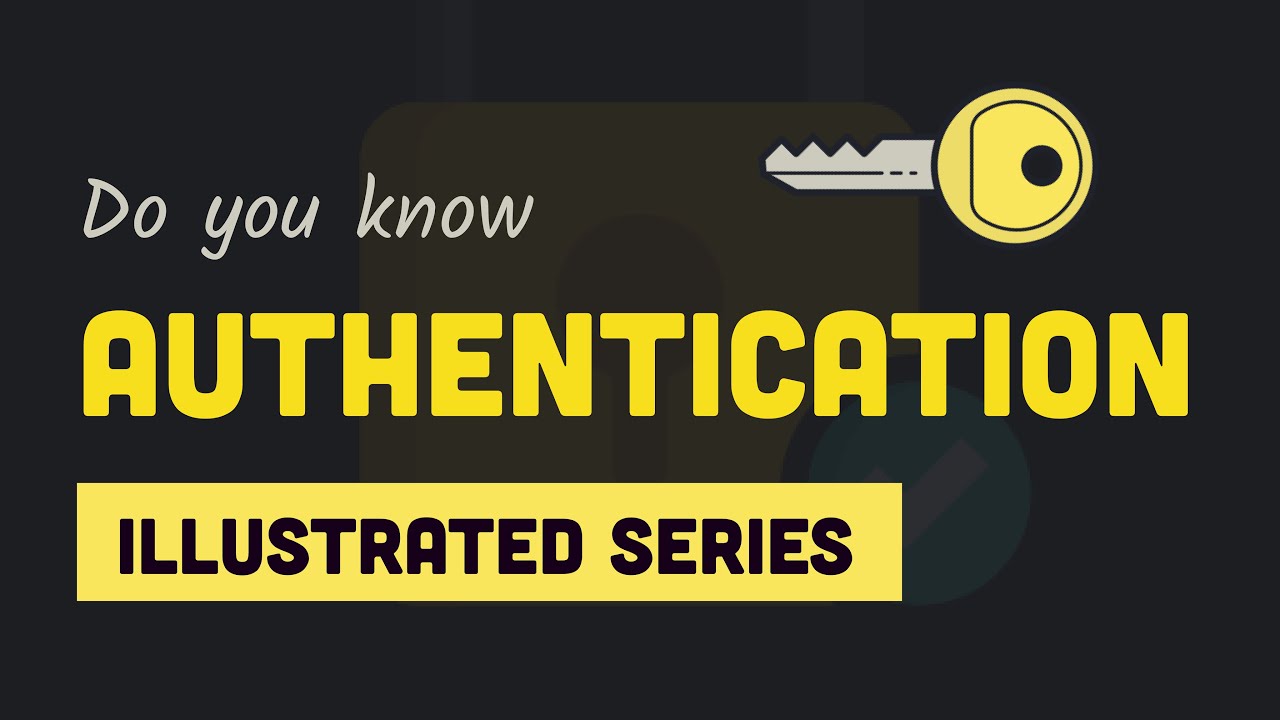What is Firebase Authentication?
Summary
TLDRIn this video series titled 'Better Safe Than Sorry,' Peter Friese and Rachel Myers explore crucial aspects of app security, focusing on Firebase authentication and authorization. They emphasize the importance of protecting user data through a two-step process: verifying user identity (authentication) and determining their access rights (authorization). The series also discusses various authentication methods, such as email/password, magic links, and social logins, while highlighting the role of security rules and App Check in safeguarding applications from malicious actors. Viewers will gain insights into creating secure applications and the benefits of using Firebase's robust security features.
Takeaways
- 😀 Building secure applications is crucial as users expect their sensitive information to be protected.
- 🔐 Authentication identifies who a user is, while authorization determines what they are allowed to do.
- 📧 The most common authentication method is email and password, but it has security vulnerabilities.
- 🔗 Magic links allow users to authenticate without passwords, enhancing security and user experience.
- 📱 Phone number authentication sends an SMS code for verification, streamlining the login process.
- 🌐 Social logins use Federated Identity Providers, enabling users to authenticate with existing accounts like Google or Facebook.
- ⚙️ Firebase security rules define data access permissions, ensuring users can only access their own information.
- 🛡️ Trusted environments like Cloud Functions have full access to user data, necessitating careful coding practices.
- ✅ App Check adds a layer of security by verifying that incoming traffic is from the legitimate application.
- 📅 Future episodes will cover security rules in detail, onboarding experiences, and various authentication providers supported by Firebase.
Q & A
What is the main focus of the 'Better Safe Than Sorry' series?
-The series focuses on how to protect applications from malicious actors, emphasizing secure authentication and authorization practices.
How do authentication and authorization differ in the context of Firebase?
-Authentication verifies the identity of a user, while authorization determines what actions an authenticated user is allowed to perform within the application.
What are the common methods of authentication mentioned in the video?
-Common methods include email and password, magic links, phone number authentication, and social logins via identity providers like Google and Apple.
What role do security rules play in Firebase?
-Security rules are configuration files that dictate access permissions to data in Cloud Firestore and Cloud Storage, allowing developers to control who can read or modify data.
What is the significance of App Check in Firebase applications?
-App Check adds an additional layer of security by ensuring that only legitimate traffic from the application can access backend services, blocking unauthorized access.
Can you explain the concept of trusted environments in Firebase?
-Trusted environments, like Cloud Functions, are runtime environments controlled by the developer or a service provider, allowing access to the Firebase Admin SDK for backend processing.
What is a magic link and how does it improve security?
-A magic link is a one-time use link sent via email that authenticates users without requiring a password, reducing the risk of password-related attacks.
How does Firebase ensure that user tokens are secure during transmission?
-Firebase SDKs use HTTPS for secure communication, and ID tokens are cryptographically signed, rendering them invalid if tampered with.
What should developers be cautious about when using the Firebase Admin SDK in Cloud Functions?
-Developers should code defensively when using the Admin SDK in Cloud Functions since these environments have full access to user data and can affect overall security.
What topics will future episodes of the series cover?
-Future episodes will explore security rules, onboarding UX, using the Auth Emulator, and various authentication providers supported by Firebase.
Outlines

This section is available to paid users only. Please upgrade to access this part.
Upgrade NowMindmap

This section is available to paid users only. Please upgrade to access this part.
Upgrade NowKeywords

This section is available to paid users only. Please upgrade to access this part.
Upgrade NowHighlights

This section is available to paid users only. Please upgrade to access this part.
Upgrade NowTranscripts

This section is available to paid users only. Please upgrade to access this part.
Upgrade NowBrowse More Related Video

Oauth2 JWT Interview Questions and Answers | Grant types, Scope, Access Token, Claims | Code Decode

Authentication Fundamentals | Authentication Series

Clerk with Firebase Crash Course

Setting Up Firebase Auth with React: Step-by-Step Tutorial

KEAMANAN JARINGAN | 3.4 Memahami Fungsi dan Cara Kerja Server Autentikasi

All about Firebase Authentication 🔥 | Login & Signup | Jetpack Compose
5.0 / 5 (0 votes)